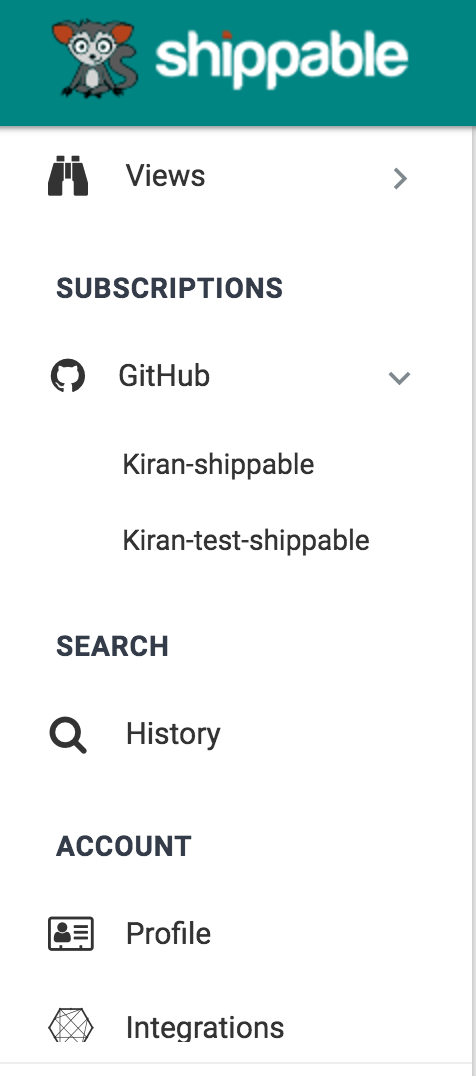Joined Moose
Its get on with it day here in the Moose-Pen
After putting on my thinking Moose-cap and reading though some of my notes (and looking at a number of my older posts) the best solution I could come up with was to leave the ability to add a 'JOIN' to an 'UPDATE', 'CREATE' or 'DELETE' statement in.
My reason for this simple if someone wants to use a JOIN is something other than a 'SELECT' and it is perfectly valid command why should my application stop them.
The original DataAccessor code it is written in such a way that you can only do a JOIN on a SELECT as the concept was to have a class that was for 'CUD' actions and one for 'Retrieve'. I would still like something like that and the way I can establish this is with this attribute;
